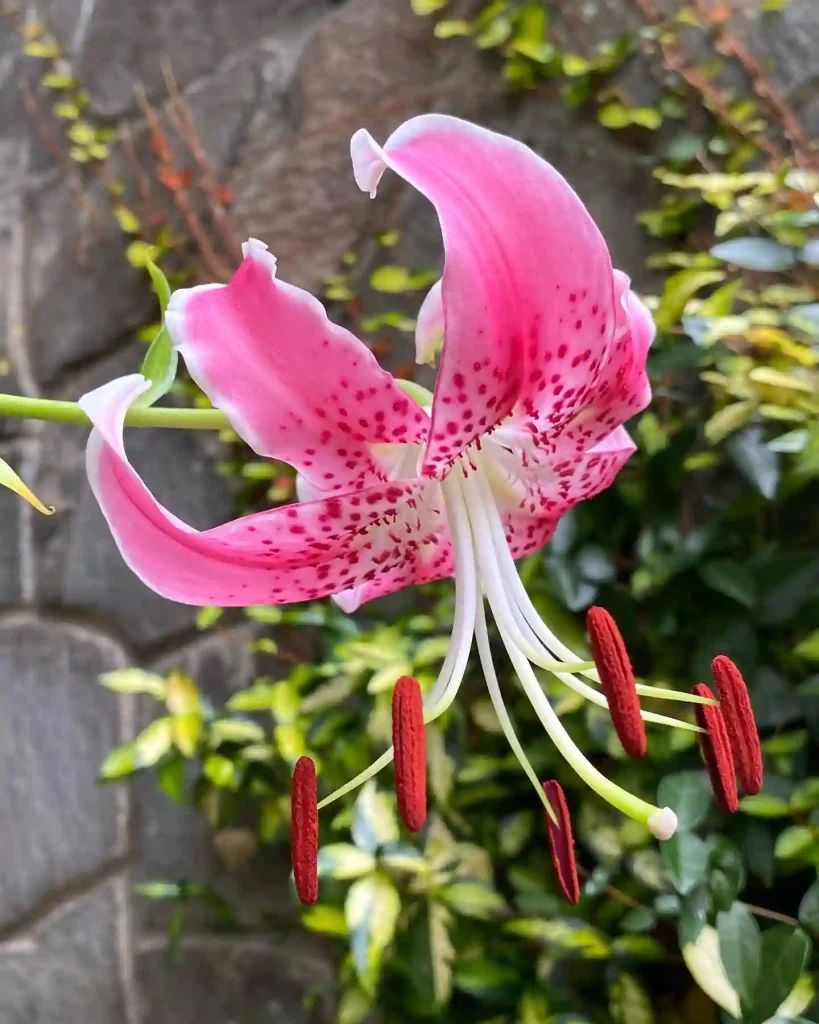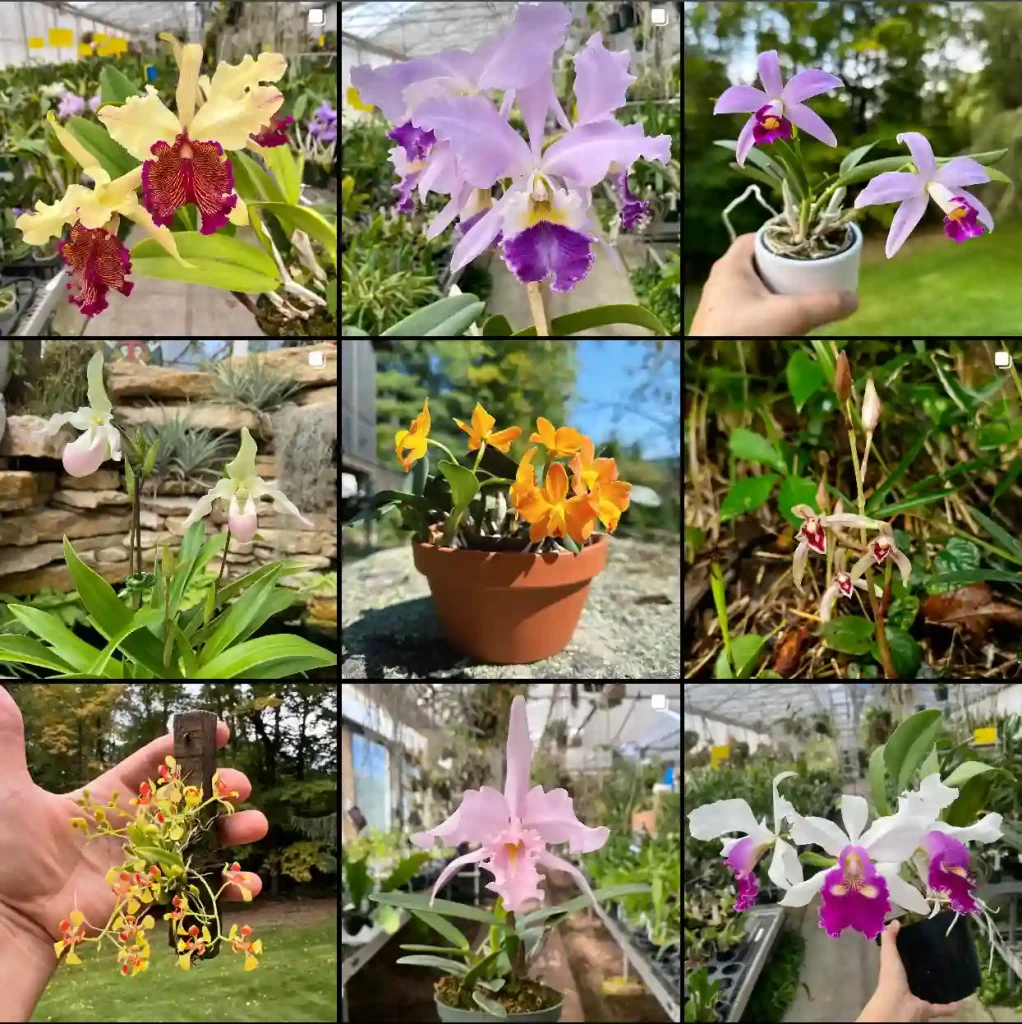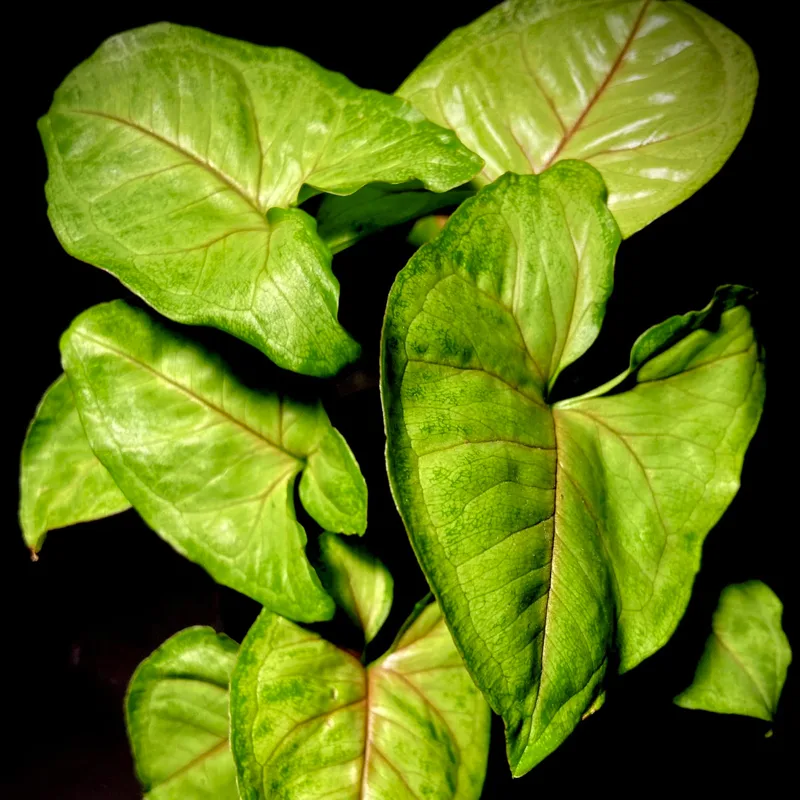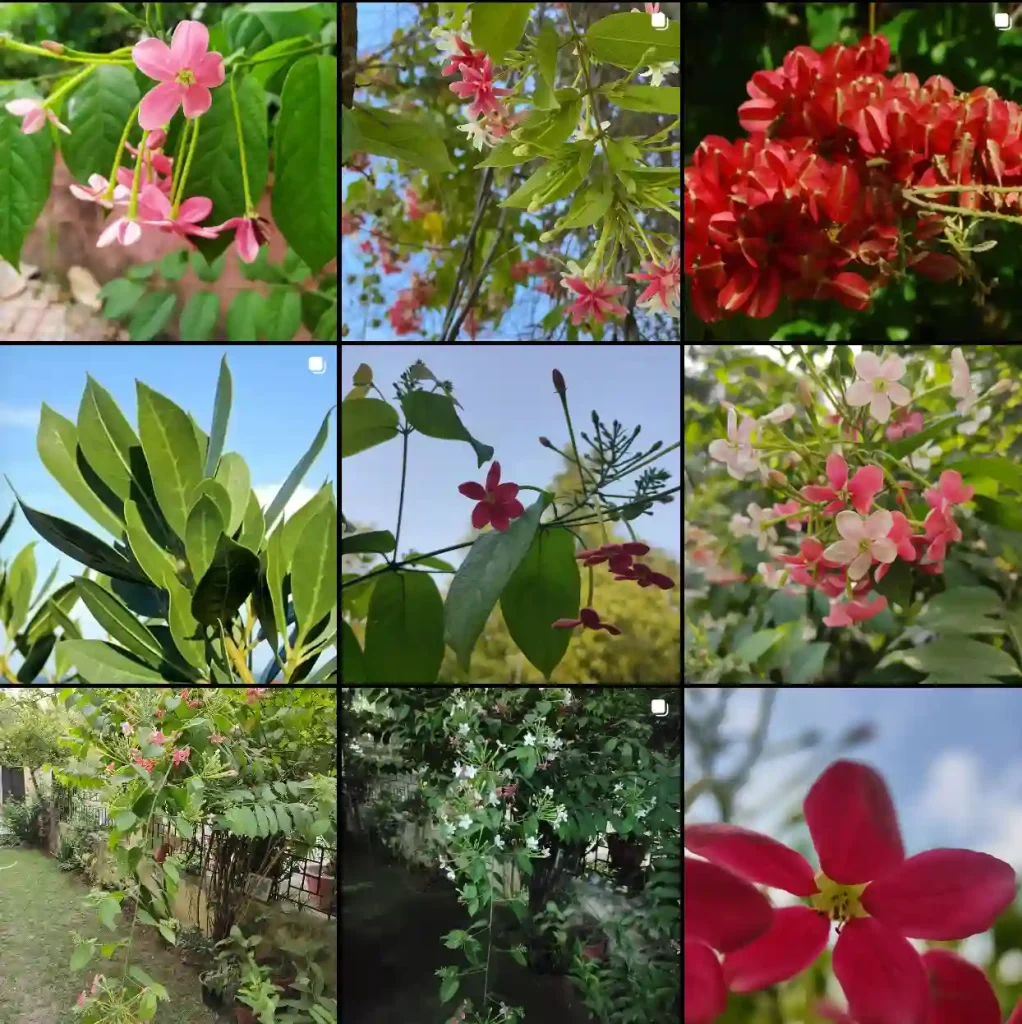FAQs About Cerbera Odollam: The Poisonous Tree
Cerbera Odollam, also known as the “Suicide Tree”, is a fascinating yet extremely dangerous plant that has captured the curiosity of many. In this article, I’ll dive into some frequently asked questions about Cerbera Odollam, shedding light on its characteristics, toxicity, uses, and where to find it.
6 Species in Genus Cerbera
What is Cerbera Odollam?
Cerbera Odollam is a highly toxic tree native to parts of South Asia, particularly coastal regions. The tree produces white, fragrant flowers that resemble those of the Oleander plant. However, what sets this tree apart is the potent toxin contained within its seeds. Cerbera Odollam is notorious for its use in poisoning due to the presence of cerberin, a cardiac glycoside that disrupts the heart’s rhythm, leading to fatal consequences when ingested.
Where Does Cerbera Odollam Grow?
Cerbera Odollam thrives in tropical regions, especially in mangrove swamps and coastal areas. It’s commonly found in parts of India, particularly along the southern coasts, and in countries like Sri Lanka, Thailand, and Malaysia. Its ability to grow in saline and waterlogged soils makes it a dominant species in these environments.
Where Is Cerbera Odollam Tree Found in India?
In India, the Cerbera Odollam tree is primarily found in the coastal regions of Kerala, Tamil Nadu, and West Bengal. Kerala, in particular, is well-known for having a significant population of these trees growing naturally in its backwaters and along its coastlines. It’s worth noting that local knowledge of the tree’s toxicity is well-embedded in some regions.
Are Cerbera Odollam Dried Seeds Deadly?
Yes, Cerbera Odollam seeds are highly toxic, whether fresh or dried. The seeds contain cerberin, a toxin that can disrupt the heart’s function, often leading to death when ingested in sufficient quantities. Even drying the seeds does not reduce their toxicity, making them just as dangerous. It’s important to exercise extreme caution around this tree, especially if there are curious pets or children around.
Can You Grow Cerbera Odollam Indoors?
No, growing Cerbera Odollam indoors is not recommended, given its toxic nature. Even though it might seem appealing because of its striking flowers, the risk of accidental poisoning is too high. The seeds, in particular, are hazardous, and keeping this tree inside a home or confined space increases the chance of accidental ingestion. Cerbera Odollam is best suited for outdoor cultivation in a controlled environment, away from high-traffic areas.
How to Care for Cerbera Odollam?
Caring for Cerbera Odollam is relatively easy if you live in the right climate. The tree prefers tropical conditions with plenty of moisture and sunlight. It thrives in well-drained, sandy soils, but can tolerate saline and waterlogged conditions as well, which is why it grows so well in coastal regions.
While it requires minimal maintenance in the right environment, you must be careful when handling the tree, especially around the seeds and fruit, as they can be deadly.
How to Propagate Cerbera Odollam?
Propagating Cerbera Odollam is typically done through its seeds. However, this process should only be attempted by those who are fully aware of the tree’s dangerous nature. Seeds should be collected with caution and planted in a well-drained medium in warm, tropical conditions. Germination can take several weeks, and handling the seeds during this time requires great care, as they remain highly toxic.
Is Cerbera Odollam Toxic to Humans and Animals?
Yes, Cerbera Odollam is extremely toxic to both humans and animals. Ingesting even a small amount of its seeds can cause severe symptoms, including vomiting, diarrhea, irregular heartbeat, and, in severe cases, death. This tree is not one to be handled lightly, and it’s advised to avoid planting it in areas where children or pets frequent.
What Are the Benefits of Cerbera Odollam?
Despite its toxicity, Cerbera Odollam does have some medicinal and traditional uses. In certain cultures, parts of the tree are used in controlled doses for medicinal purposes, including the treatment of skin ailments and as a fish poison in traditional fishing practices. However, given its dangerous nature, any use of this tree should only be attempted by experts who understand its properties fully.
Where Can I Buy Cerbera Odollam?
Finding Cerbera Odollam for sale can be challenging, especially because of its notorious reputation. Some specialized nurseries in tropical regions might carry it, particularly for those interested in its unique properties. However, due to its lethal potential, many regions have strict regulations against selling or cultivating this tree. If you’re set on obtaining one, it’s best to check with local authorities to ensure it’s legal in your area.
Common Problems When Growing Cerbera Odollam
While the tree is hardy in the right conditions, one of the biggest problems associated with growing Cerbera Odollam is its potential for accidental poisoning. Gardeners and landscapers who plant this tree must be aware of the risks, especially if grown near homes or public spaces. Aside from its toxicity, the tree is relatively pest-resistant and doesn’t suffer from many common plant diseases.
Compare Cerbera Odollam With Other Similar Plants
Cerbera Odollam is often compared to Oleander (Nerium Oleander) because of their similar flowers and highly toxic nature. Both plants contain toxins that disrupt the heart’s rhythm, leading to potential fatality. However, Oleander is far more common in ornamental gardening and is less restricted in cultivation. The key difference lies in the environment they prefer—while Oleander thrives in a range of climates, Cerbera Odollam is specifically suited for tropical and coastal regions.
Can You Use Cerbera Odollam for Landscaping?
While Cerbera Odollam might seem like an exotic addition to a tropical garden, its lethal toxicity makes it a poor choice for landscaping in most settings. The risk of accidental poisoning outweighs any ornamental benefits, and it’s generally safer to choose non-toxic alternatives.
Final Thoughts
Cerbera Odollam is a unique yet dangerous tree that requires a great deal of caution. Whether you’re curious about its deadly seeds or wondering where to find it in India, it’s essential to respect this tree for what it is—a plant that can be both fascinating and fatal. If you’re ever in doubt about handling or growing Cerbera Odollam, it’s always best to consult with experts who understand its properties.
If i die, water my plants!



